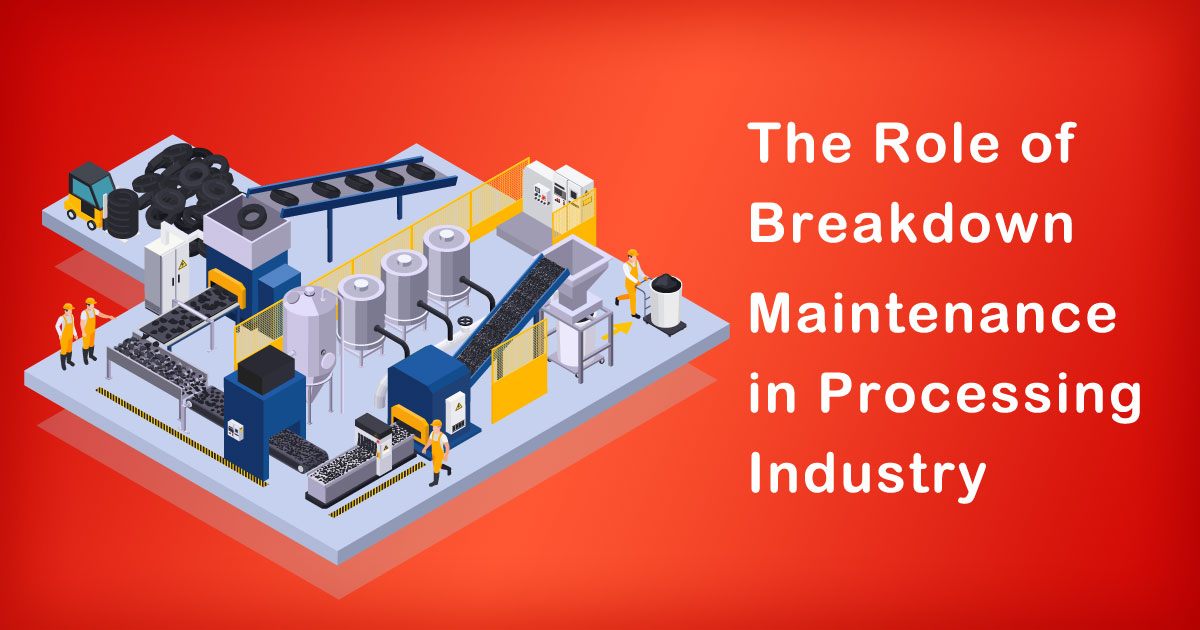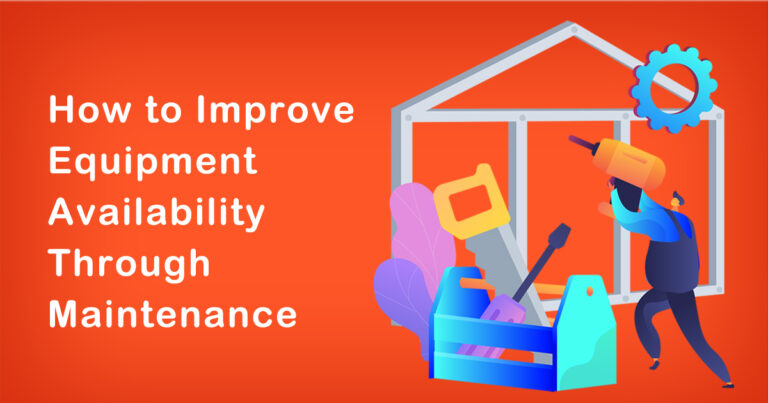Introduction
In the highly competitive and fast-paced world of the processing industry, ensuring smooth operations is essential for success. Companies in this sector are constantly striving to maximize productivity, minimize downtime, and optimize their production processes. One critical aspect that plays a pivotal role in achieving these objectives is breakdown maintenance. In this article, we will delve into the significance of breakdown maintenance in the context of the Indian processing industry, exploring its benefits, challenges, and strategies for effective implementation.
The Importance of Breakdown Maintenance:
Breakdown maintenance, also known as reactive maintenance, involves repairing equipment or machinery when it breaks down unexpectedly. While proactive maintenance practices such as preventive maintenance are widely adopted, breakdown maintenance continues to play a vital role in the Indian processing industry. Here’s why:
Minimizing Downtime:
Equipment breakdowns can result in significant production downtime, leading to financial losses. Breakdown maintenance allows for quick repairs, minimizing the duration of unplanned shutdowns and ensuring that operations can be resumed promptly.
Cost-Effectiveness:
Implementing a comprehensive preventive maintenance program can be expensive and time-consuming. By combining preventive maintenance with breakdown maintenance, companies can focus their resources on critical equipment while handling less critical machinery reactively. This approach allows for a more cost-effective allocation of maintenance budgets.
Equipment Efficiency:
Breakdown maintenance helps identify underlying issues that may not be evident during routine inspections. By addressing these issues promptly, companies can restore the efficiency and reliability of their equipment, prolonging their lifespan and reducing the risk of future breakdowns.
Flexibility:
In dynamic processing environments where production demands change frequently, breakdown maintenance offers flexibility. Instead of adhering strictly to fixed maintenance schedules, companies can allocate resources based on the urgency and criticality of equipment failures.
Challenges in Implementing Breakdown Maintenance:
While breakdown maintenance offers several advantages, there are challenges associated with its implementation in the Indian processing industry. Some of the key obstacles include:
Unpredictability:
Since breakdown maintenance occurs reactively, it is challenging to anticipate when equipment failures will happen. This unpredictability can disrupt production schedules and hinder long-term planning.
Increased Risk:
Relying solely on breakdown maintenance can lead to higher risks, as sudden equipment failures may result in safety hazards, environmental concerns, and costly repairs. Balancing breakdown maintenance with proactive maintenance strategies is crucial for risk mitigation.
Reactive Approach:
Focusing too heavily on breakdown maintenance may lead to a reactive approach, where companies prioritize immediate repairs over identifying root causes. This approach can perpetuate a cycle of breakdowns, impacting overall productivity and efficiency.
Strategies for Effective Breakdown Maintenance:
To overcome the challenges associated with breakdown maintenance, the following strategies can be adopted:
Condition Monitoring:
Implementing a robust condition monitoring program can help detect early warning signs of equipment failure. Utilizing technologies such as sensors and predictive analytics enables companies to identify potential issues and address them proactively, reducing the frequency of breakdowns.
Knowledge Management:
Maintaining comprehensive equipment records, including maintenance history, repairs, and spare parts inventory, is crucial for effective breakdown maintenance. This knowledge facilitates faster troubleshooting, accurate decision-making, and streamlined repair processes.
Training and Skill Development:
Providing regular training to maintenance personnel equips them with the necessary skills to diagnose and repair equipment efficiently. Continuous skill development ensures a proactive approach to breakdown maintenance, minimizing downtime and optimizing resource utilization.
Root Cause Analysis:
Conducting thorough root cause analysis after each breakdown helps identify underlying problems. By addressing these root causes, companies can implement preventive measures, reducing the likelihood of future breakdowns and improving overall equipment reliability.
Conclusion:
In the Indian processing industry, breakdown maintenance continues to be a vital component of the maintenance strategy. While preventive maintenance is crucial for minimizing unplanned downtime, breakdown maintenance offers flexibility, cost-effectiveness, and the ability to swiftly address equipment failures. By implementing effective strategies and balancing reactive and proactive maintenance approaches, companies can ensure smooth operations, enhance productivity, and stay competitive in this rapidly evolving industry.
Remember, in the realm of processing industry maintenance, a proactive mindset supplemented by a well-implemented breakdown maintenance strategy is the key to sustained success.








